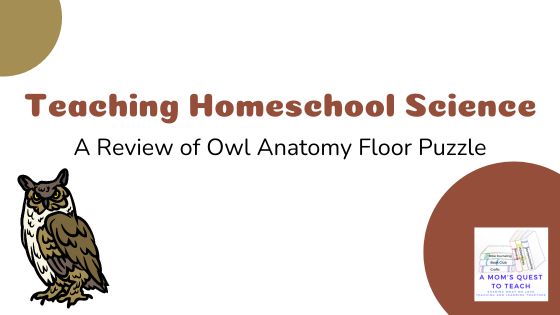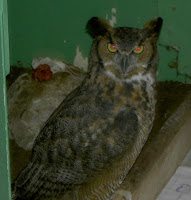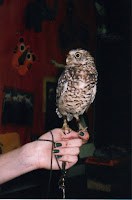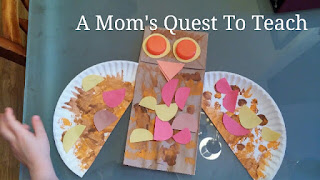I received a COMPLIMENTARY copy of this puzzle in exchange for my honest opinion. I was not required to write a positive review, nor was I compensated in any other way. This post contains affiliate links. Please see my Terms of Use and Disclosure Policy page for more information. Thank you.
Teaching homeschool science is such a daily joy! When we look at homeschool science curriculum and resources, there are so many great options and approaches available to us. From fun science experiments to interesting books, we can bring our homeschool science lessons to life. Another great option is floor puzzles. The Owl Anatomy Floor Puzzle lets our children see both the anatomical structure of a great horned owl and the feathered view of one, as the puzzle is 2-in-1 reversible.
About the Puzzle
This puzzle is from Genius Games Junior, featuring 100 pieces in a unique "turn-n-learn" approach. The puzzle pieces are very sturdy. As it is reversible, you will need to look at the pieces closely to pick the right side to match up. It is over 3 feet long when completed, definitely making it suited to completion on the floor.
The box itself is sturdy with a velcro closure. Inside, there is a laminated fact sheet which provides information about the great horned owl, allowing you to easily teach homeschool science. The anatomy side is drawn by a certified medical illustrator and shows the muscles, heart, crop, and more.
Learning About the Great Horned Owl
This large predator is native to the Americas. We are fortunate that we can hear one from our living room on many evenings. We haven't spotted it yet, though! Share these facts with your child as you complete the puzzle together.
- Life span of 20-30 years.
- 19 to 35 inches big.
- Over four feet wing span.
- Large ear-like tufts give it the name great horned owl
- Actual ears are holes under the feathers on its head.
- Its call is one long hoot followed by two or three shorter hoots. Listen to different calls of the great horned owl at the Audubon Guide to North American Birds.
- They eat mostly mammals such as mice, rats, and rabbits but will eat birds and reptiles, too.
- Both parents take care of the young.


.jpg)
.jpg)
.jpg)













